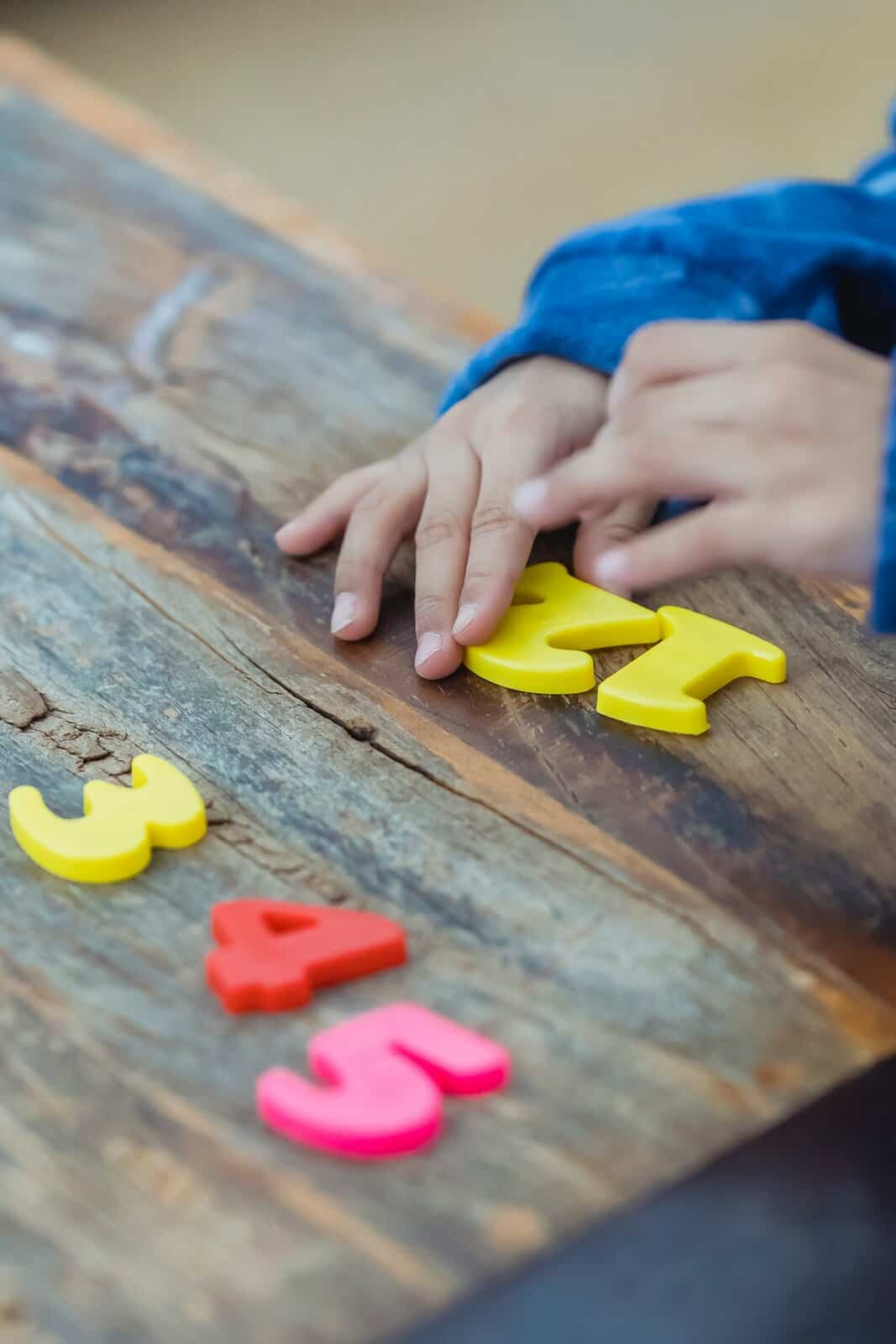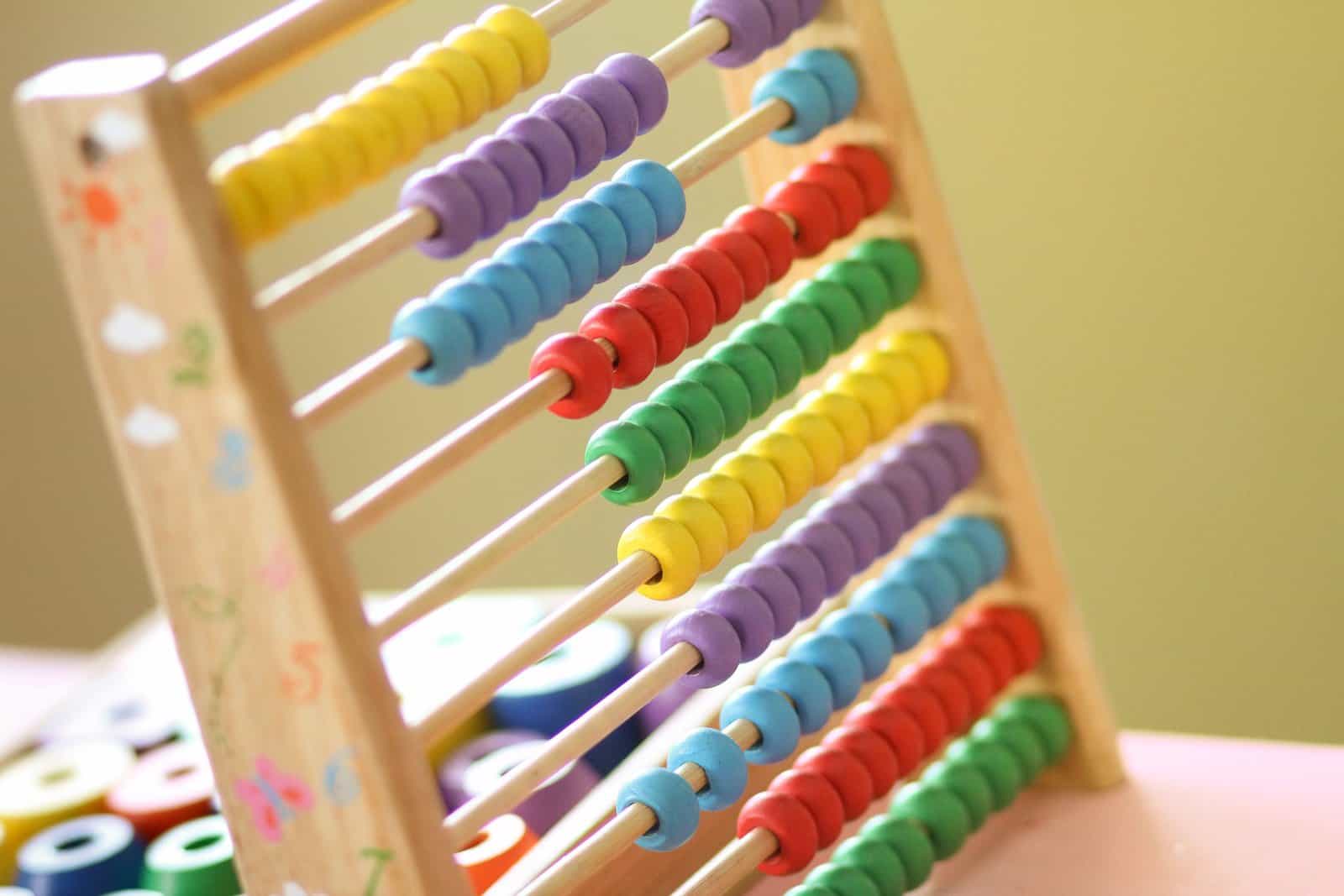
Numicon: A Guide for Parents
Maths is a subject that can cause confusion for a lot of children. With multiple operations and concepts, some children struggle with simple mathematical tasks due to how abstract they can be. Numicon was designed by Oxford University Press to alleviate these problems for children and help them get to grips with numeracy. A popular resource that is used in multiple schools across the United Kingdom to support maths teaching, it is particularly used by educators in Early Years and in Key Stage One. With multiple resources available for homeschooling situations, Numicon is a great way to introduce children to math.
What is Numicon?
Developed by the Oxford University Press, they were acutely aware of the difficulties people faced when teaching children mathematics. Finding connections between numbers is vital for children to understand maths and Numicon is designed to provide that relief. Introducing children to math at a young age is crucial to their educational development and Numicon supports the learning of early maths skills. Designed to aid children in nursery and primary school, it is a multi-sensory way of learning and provides your child with a practical way of developing their maths skills – through seeing and feeling.
There is a multitude of resources available to aid with Numicon, with some of those resources being Numicon shapes. They are bright, colourful shapes and play an important part in Numicon. The holes in Numicon shapes represent the numbers one to ten. When they’re arranged in order, this gives the children the opportunity to easily see connections between numbers and work out what is one more or one less, and so on. To further aid the children’s visual, the system of flat plastic shapes with holes in it also has each shape representing a different number as well as a different colour – a striking visual to help with their learning.
This very literal representation of numbers creates a reality for the numbers and how they are perceived by children. Providing a concrete object to represent each number is a fantastic resource for homeschooling children when teaching them about number identification. Being able to see what a number looks like and how it compares to other numbers can be a massive aid to children who are visual or kinesthetic learners, and it provides a multisensory experience for learners.
Starting with smaller concepts, as your child becomes accustomed to the work, complex mathematical concepts can become easier to understand as they have a solid foundation via Numicon. It is suitable for older learners as well as things like multiplication and division can be taught using them. Numicon has become a very popular method of teaching maths, with educators using the physical shapes, the worksheets, and online programs to feature as part of teaching the curriculum. It is also a great way of helping children who are struggling with maths at all ages.
The Numicon Design: Learning Through Play
Numbers and maths, in general, can be particularly difficult for children to understand. Numicon is a product that’s aimed at children who maybe don’t find these concepts the easiest to understand and need additional help. Equally, it is a fantastic resource for children who prefer a visual form of learning. Either way, it is a mutually beneficial tool for educators and their kids. Numicon has been used as a support for teaching maths specifically in Early Years and Key Stage One, but can be employed to aid those struggling in Key Stage Two and Three.
Numicon is a collection of flat plastic shapes with holes in them. Each shape represents a number from one to ten, and each number has its own colour. The mental impact that Numicon has is a kinesthetic one. Due to children being able to be hands-on with numbers, they are able to see and feel what they are learning and the approach. This multi-sensory experience allows children to maintain the information they have learned.

How Numicon Works
Numicon is arguably a fantastic example of learning through play. It is a leading primary school product that allows teachers, parents, and guardians to create visual and interactive activities for children to learn maths with. It is perfect for Early Years children as well as Key Stage One and Key Stage Two, but it also can be used to bridge mathematical gaps for children in Key Stage Three. Dealing with complex maths problems can be frustrating, but using Numicon aids with children’s understanding. Using a wide variety of resources, it uses bright imagery to help support the understanding of a range of mathematical concepts. It is a highly useful tool in a classroom or homeschool situation.
Either as a stand-alone product or by integrating it into your own lesson plans and resources, Numicon provides a practical, visual experience for children trying to understand numbers and mathematical operations in a simpler way. A Numicon slate can be used to help children visualise what numbers look like. Seeing numbers beside each other solidifies for children the unique relationship between the digits and aids with seeing patterns. Numicon then provides a method of showing children how numbers work together.
Usually, there are four stages of learning progression that is seen in children who are using Numicon. Pattern recognition, where children can pair and match shapes using a pegboard to stack them is one of the first things that occur. Ordering is another learning process that is seen. Here, children order numbers from the largest to the smallest or vice versa. Counting is, naturally, the next step. Children choose various shapes to count how many holes they have. Eventually, counting leads children to early calculating. This is by finding simple solutions to math problems. For example, adding a two-part shape to a four-part shape and understanding that that means six. Going through these stages, allows children to reach a higher level of understanding and eventually achievement. Utilising these physical components can also help children in mental tests, and by incorporating them both into a learning situation aids with mental maths in the future.



Leave a Reply